Can Virtual Number Enhance Accessibility in Online Education?
Discover how virtual numbers can boost accessibility in online education, bridging gaps in communication, support, and student engagement across regions.
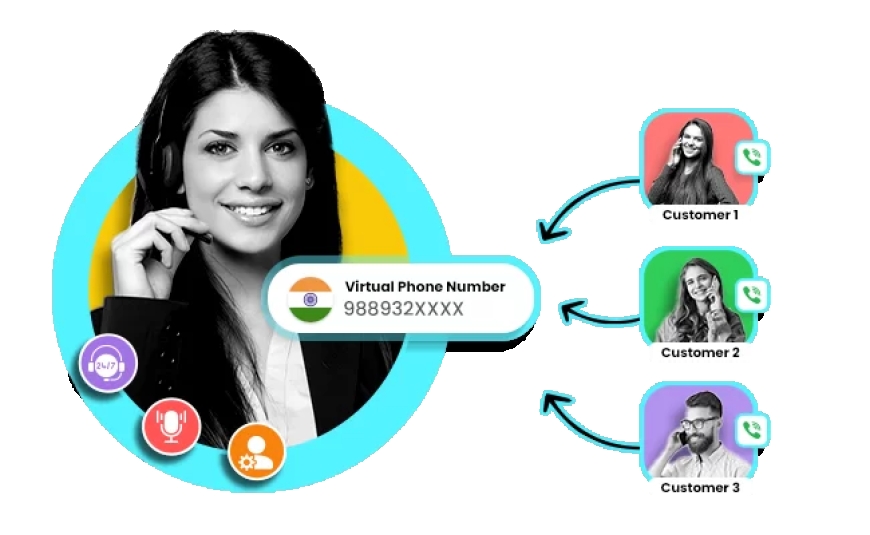
Online education has emerged as a powerful tool to democratize learning. Whether you're attending virtual classrooms, accessing study materials on mobile apps, or participating in webinars, the need for seamless communication is greater than ever. This is where a virtual mobile number provider becomes crucial—offering smart, scalable solutions that bridge communication gaps between educators, institutions, and students.
Virtual numbers, especially in education, are no longer just convenient—they are becoming essential. Let’s dive into how they are transforming accessibility in online education and why they’re a game changer for students and institutions alike.
What Is a Virtual Number and How Does It Work?
A virtual number is a telephone number that isn't directly associated with a physical phone line. Instead, it routes calls and messages via the internet, allowing users to make and receive calls on multiple devices, from anywhere.
For educational institutions, this means one virtual number can serve multiple departments or instructors, ensuring no student call or query goes unanswered—without needing multiple phone lines or dedicated staff around the clock.
The Accessibility Advantage: Breaking Down Educational Barriers
1. Global Access for Remote Learners
One of the biggest challenges in online education is reaching students in remote or underdeveloped areas. Traditional communication methods may not always be reliable or cost-effective.
With virtual numbers, students from any location can easily contact instructors or support teams using local access points or toll free numbers. This removes geographical barriers and enables real-time communication for academic help, admissions inquiries, or tech support.
2. 24/7 Student Support
Education isn’t limited to business hours. Students often study or run into issues late at night or during weekends. A virtual number system can be configured with call forwarding, IVR (Interactive Voice Response), or even chat integration to ensure students receive timely help—boosting their learning experience and satisfaction.
3. Privacy and Security
For teachers and administrative staff working remotely, using personal numbers for communication can lead to privacy concerns. Virtual numbers allow them to engage with students and parents professionally without compromising their personal contact information.
Virtual Numbers in Action: Practical Applications in E-Learning
Automated Attendance and Notifications
Institutions can use virtual numbers to send automated attendance reminders, class schedules, or assignment deadlines via SMS or voice calls. This keeps students engaged and informed without requiring manual follow-ups.
Live Classroom Support
During live online sessions, tech issues are common. Virtual support numbers allow students to call a dedicated line for instant help without leaving the classroom environment.
Admission and Enrollment Queries
Virtual numbers streamline admissions by offering a centralized contact point for prospective students. Calls can be routed to different departments or automated systems to handle high volumes during peak admission seasons.
Benefits for Educational Institutions
Cost-Effective Communication
Instead of setting up expensive call centers or relying on outdated infrastructure, institutions can manage all communication through a single platform powered by virtual numbers.
Scalable and Flexible
Whether you’re a local coaching center or a global online university, virtual numbers scale with your growth. Add lines, integrate with CRM systems, and manage everything from one dashboard.
Better Analytics and Reporting
Virtual number platforms often provide detailed call logs, duration data, and caller demographics—helping institutions understand student needs and optimize support accordingly.
Why Virtual Numbers Are the Future of EdTech
The rise of virtual classrooms, AI tutors, and mobile learning apps demands a smarter communication backbone. Virtual numbers offer that flexibility and reach—ensuring education is truly accessible, inclusive, and responsive.
They enable institutions to:
-
Provide consistent, reliable communication to students and parents
-
Support hybrid and remote teaching models
-
Improve engagement and retention through responsive service
Final Thoughts
So, can a virtual number enhance accessibility in online education? Absolutely. It acts as a bridge—connecting learners with institutions without the constraints of location, time, or infrastructure.
By partnering with a reliable virtual mobile number provider, educational platforms can ensure seamless interaction, boost student satisfaction, and stand out in an increasingly competitive digital education market.
In a world where communication is key to learning, virtual numbers are not just tools—they’re essential allies in the quest to make education accessible for all.
SpaceEdge Technology: Digital Marketing Service Provider
SpaceEdge Technology is a leading digital marketing company in India, offering comprehensive services since 2008. They specialize in SEO, social media marketing, PPC, UI/UX design, and more. With over 20 years of experience, their data-driven strategies aim to enhance online visibility and drive business growth. Recognized as the best digital marketing company in India, they provide tailored solutions to meet diverse client needs.







































































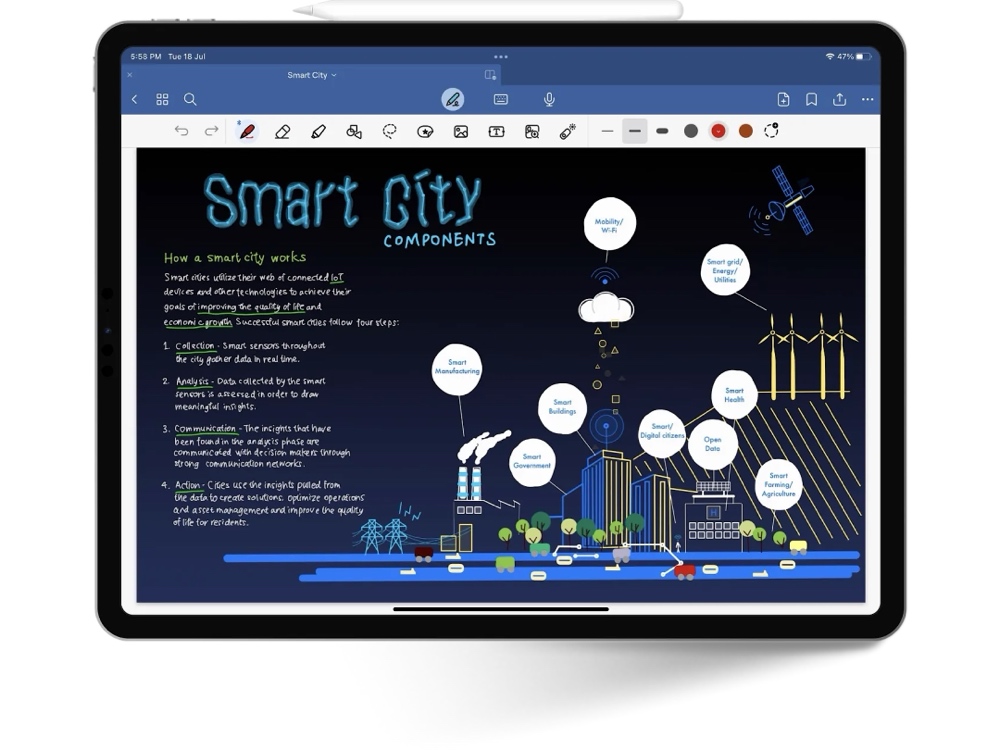

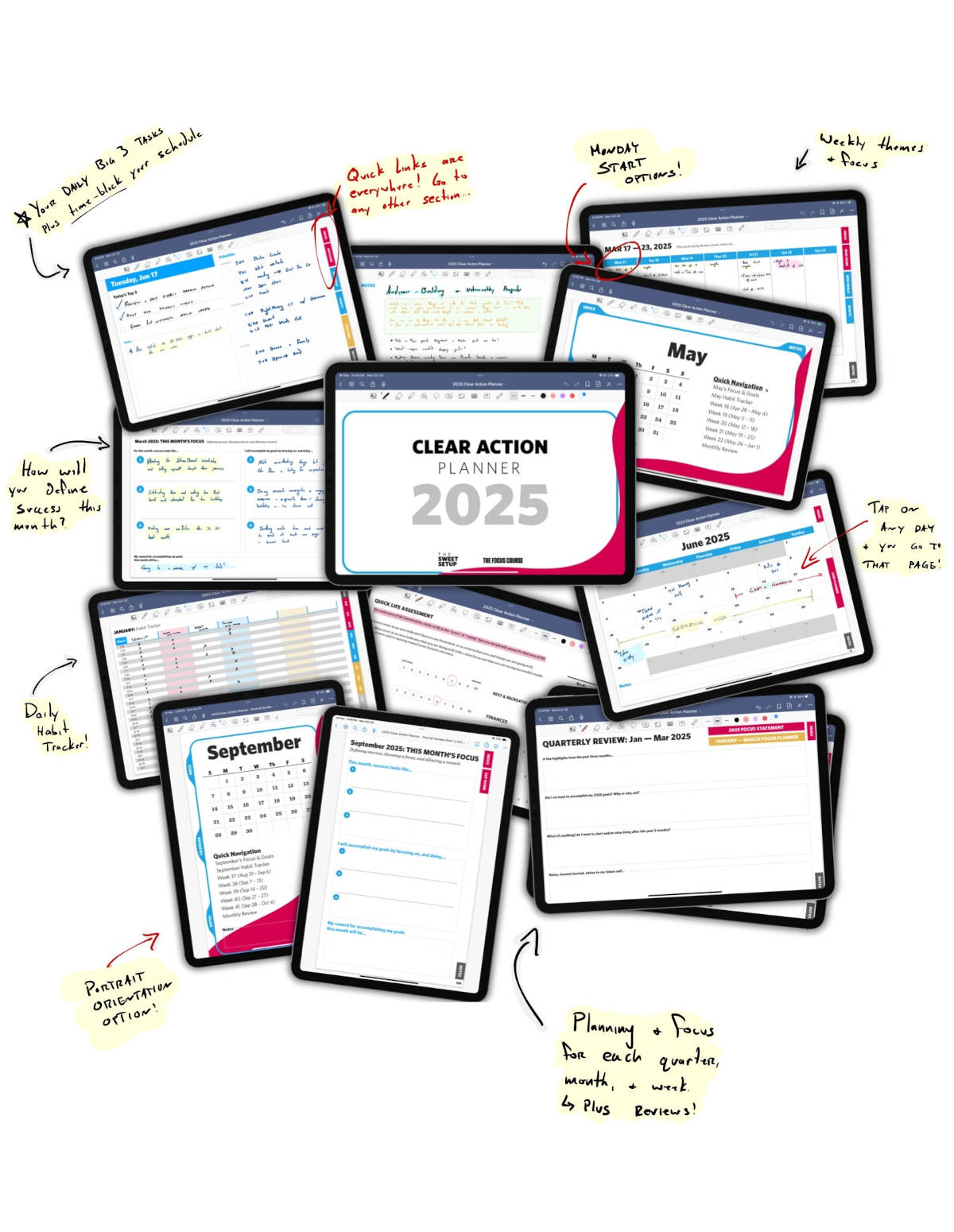

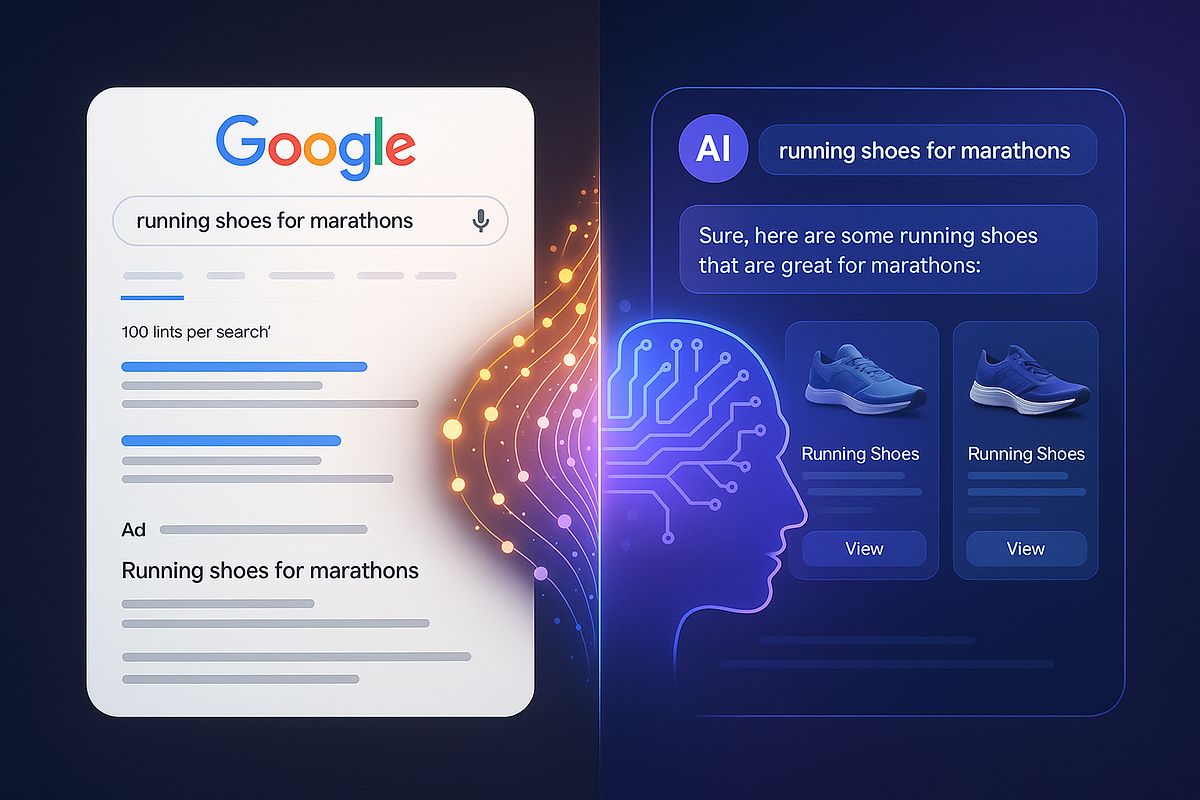

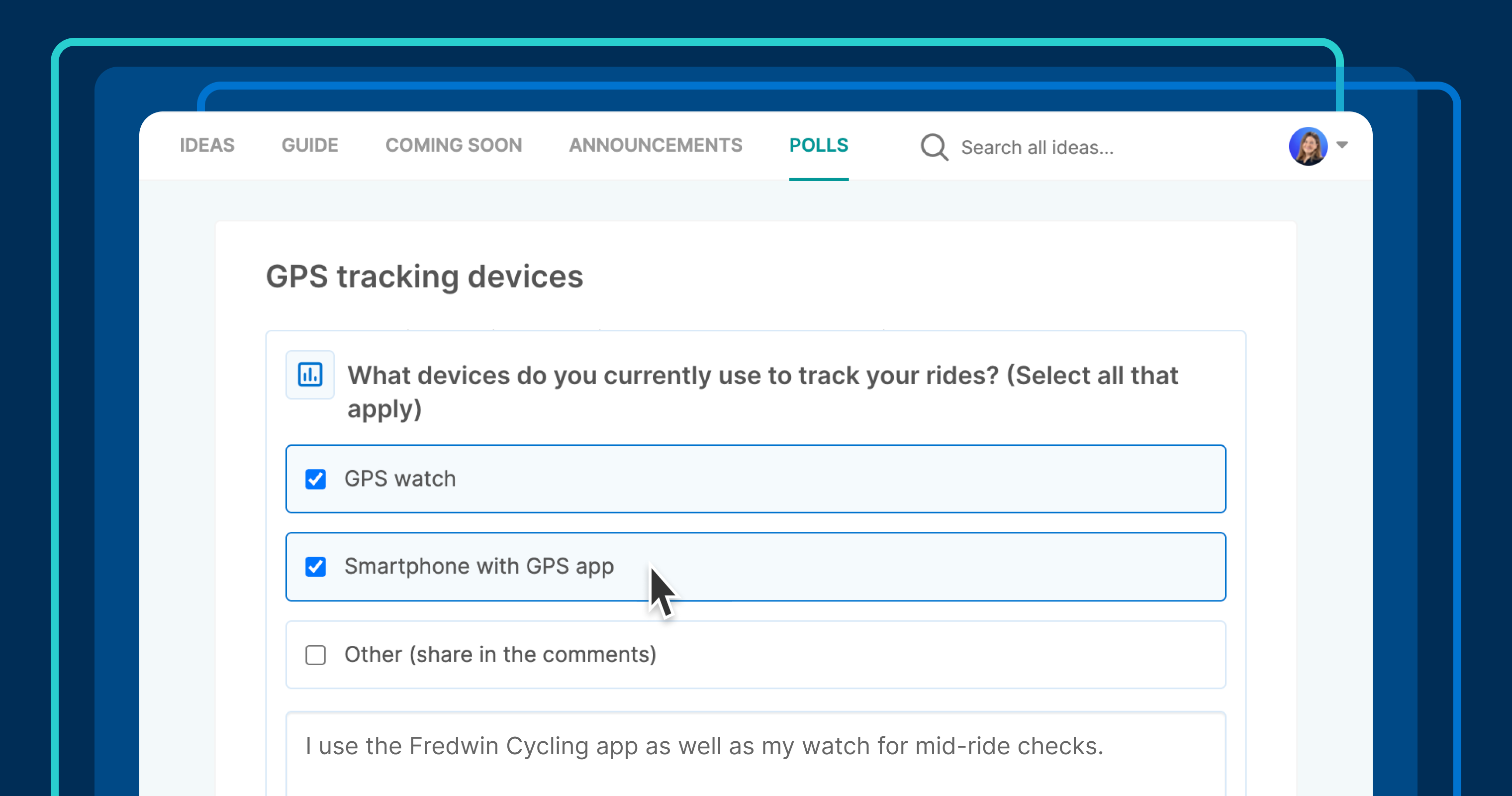







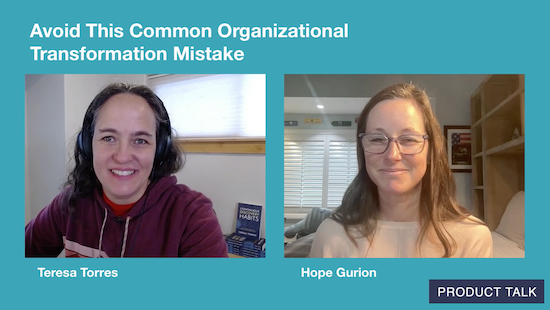
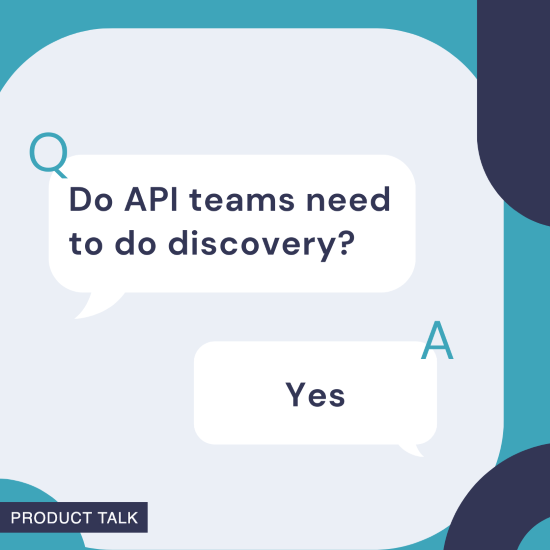
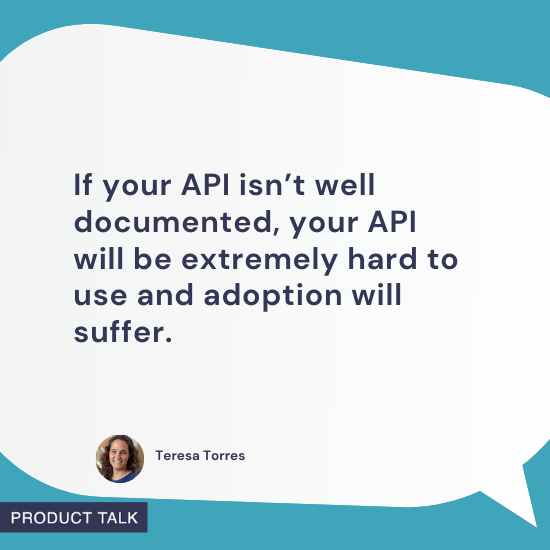










![Building A Digital PR Strategy: 10 Essential Steps for Beginners [With Examples]](https://buzzsumo.com/wp-content/uploads/2023/09/Building-A-Digital-PR-Strategy-10-Essential-Steps-for-Beginners-With-Examples-bblog-masthead.jpg)
















































